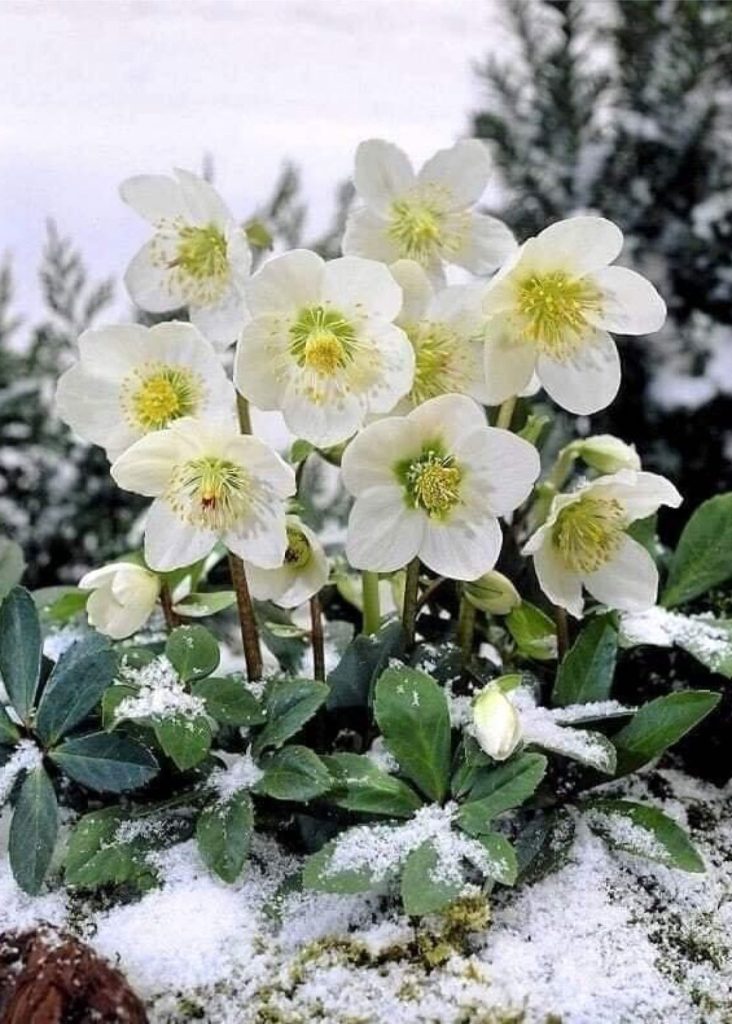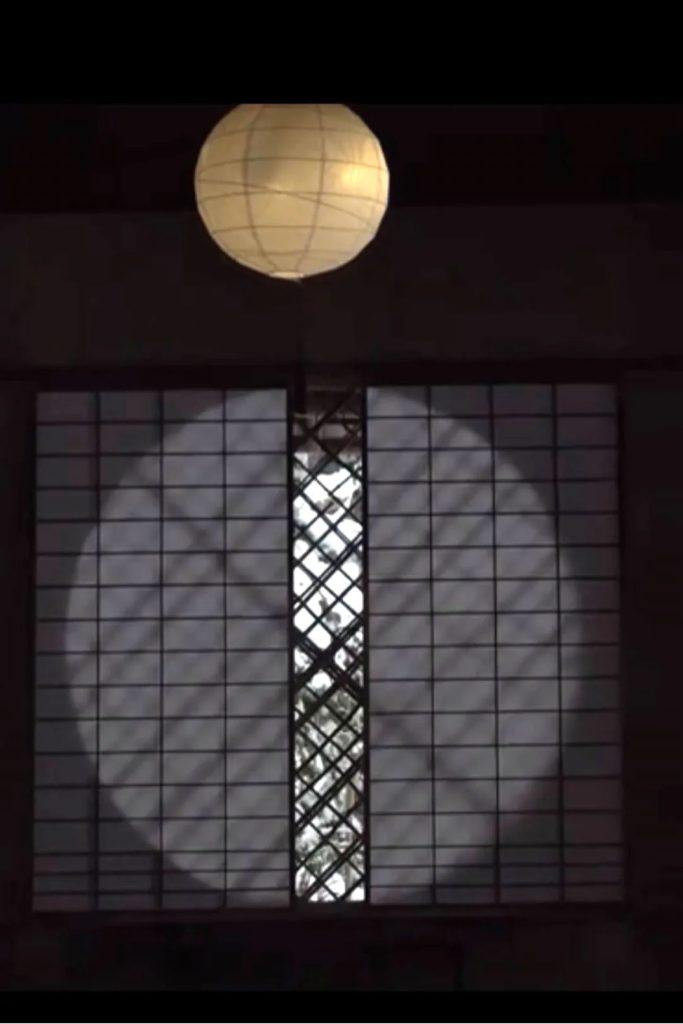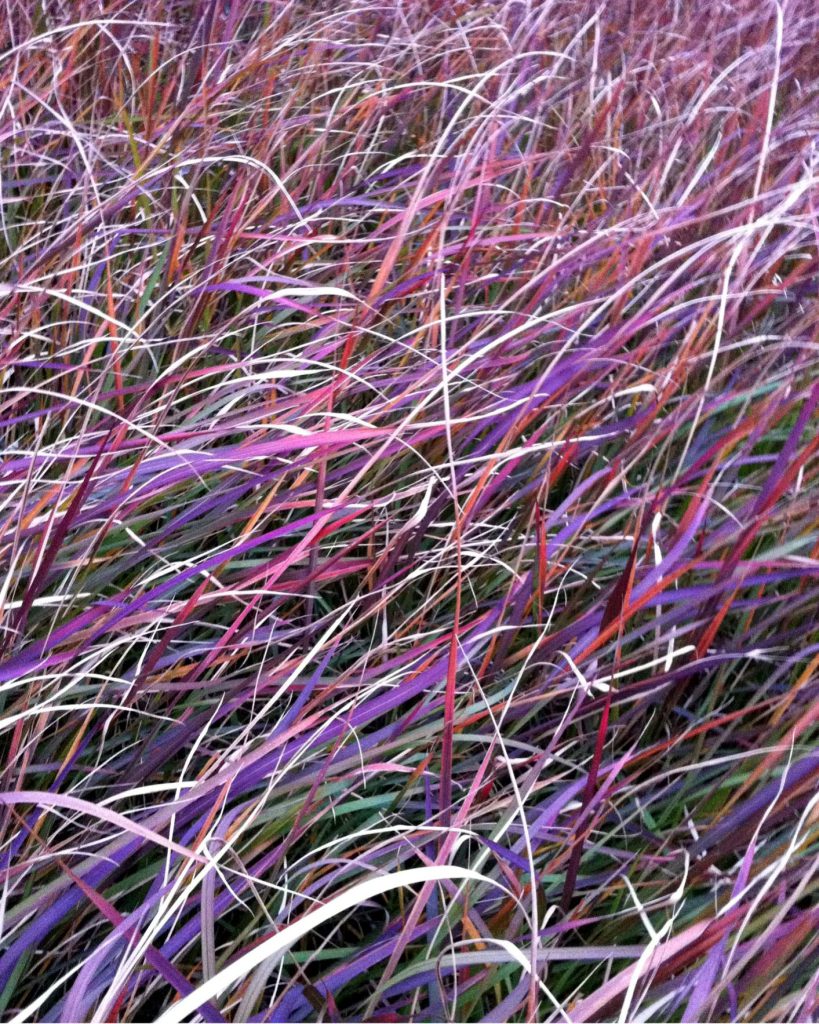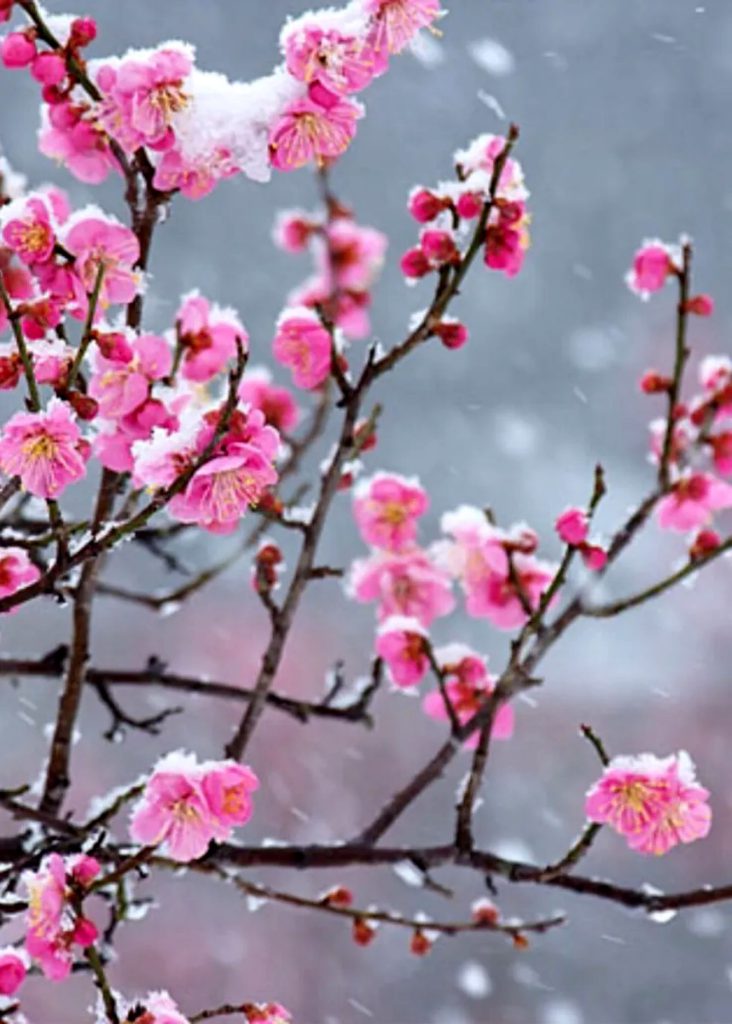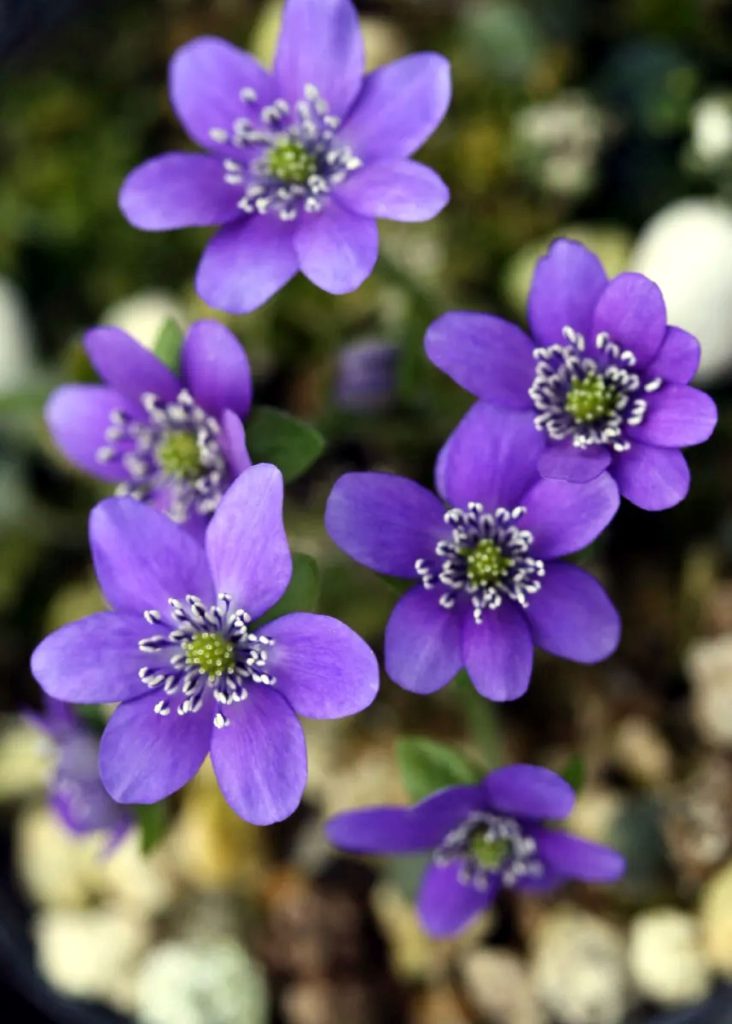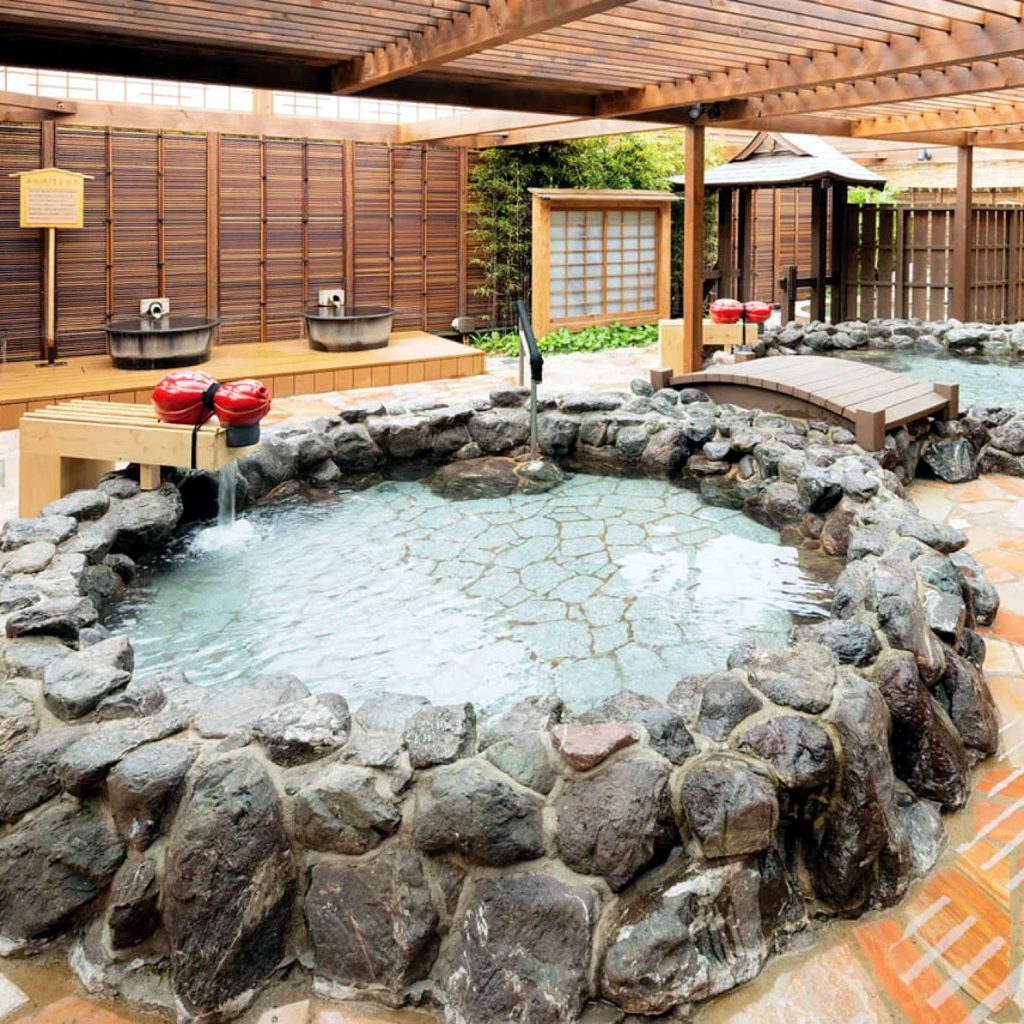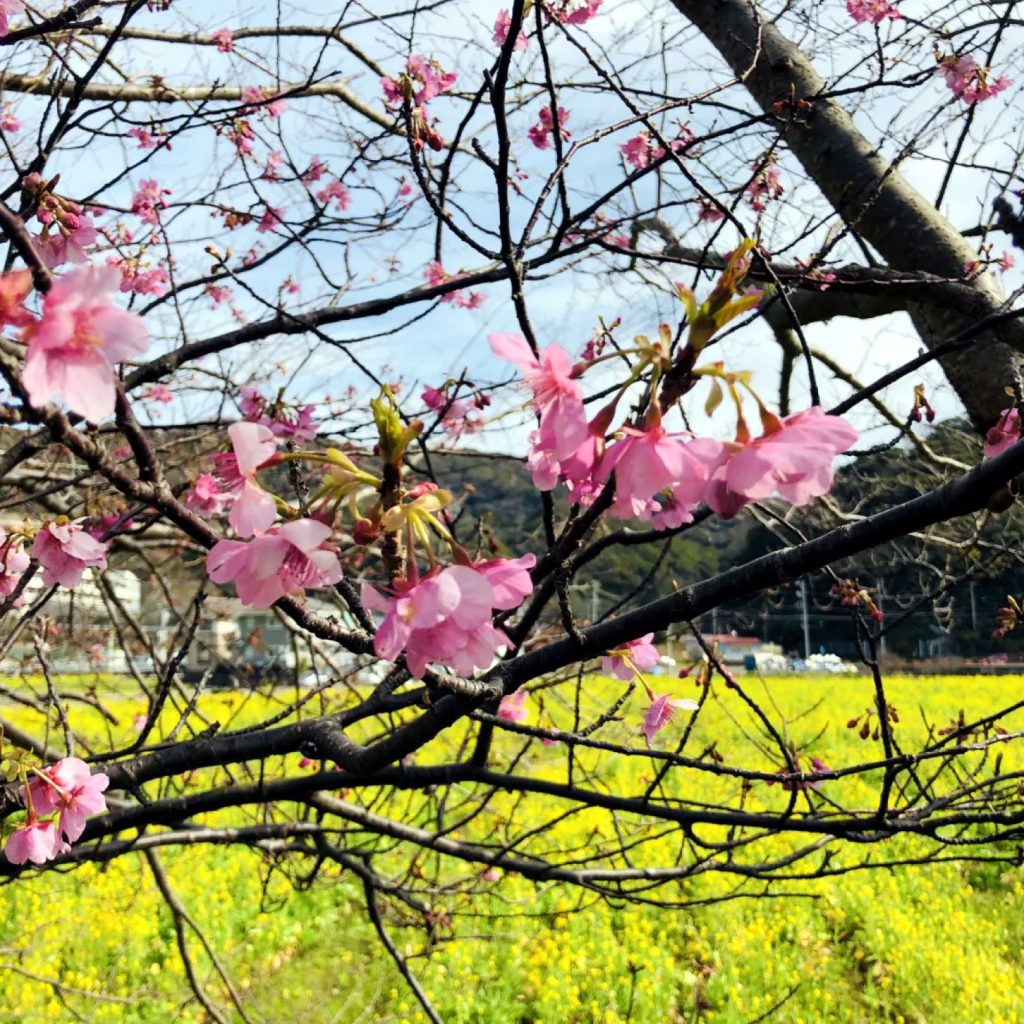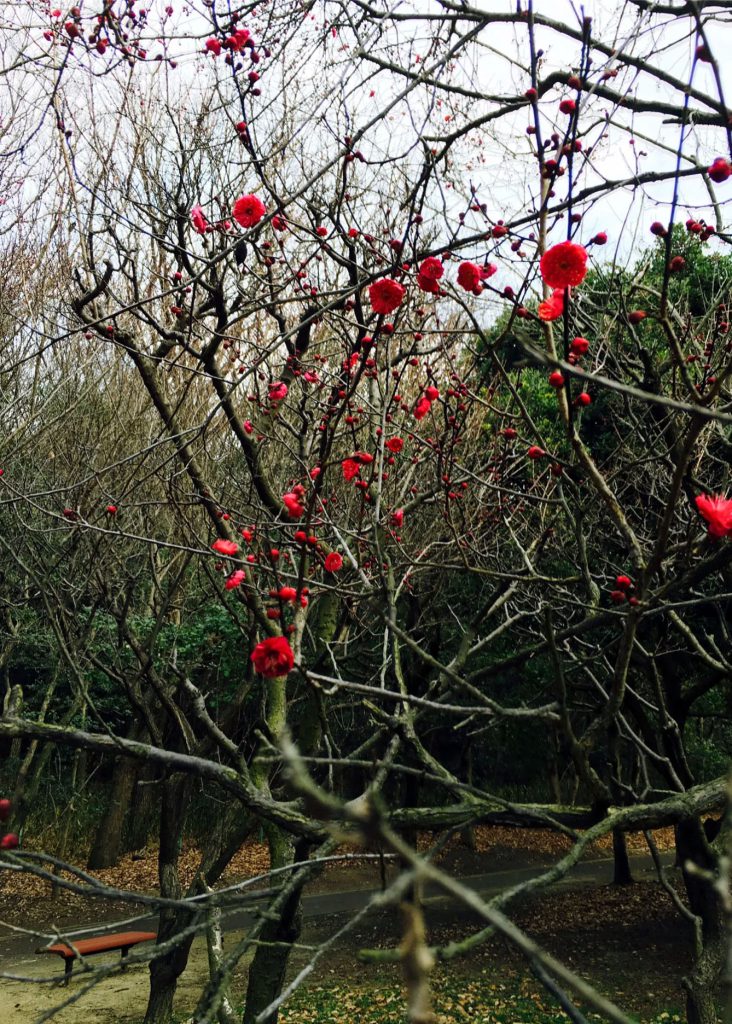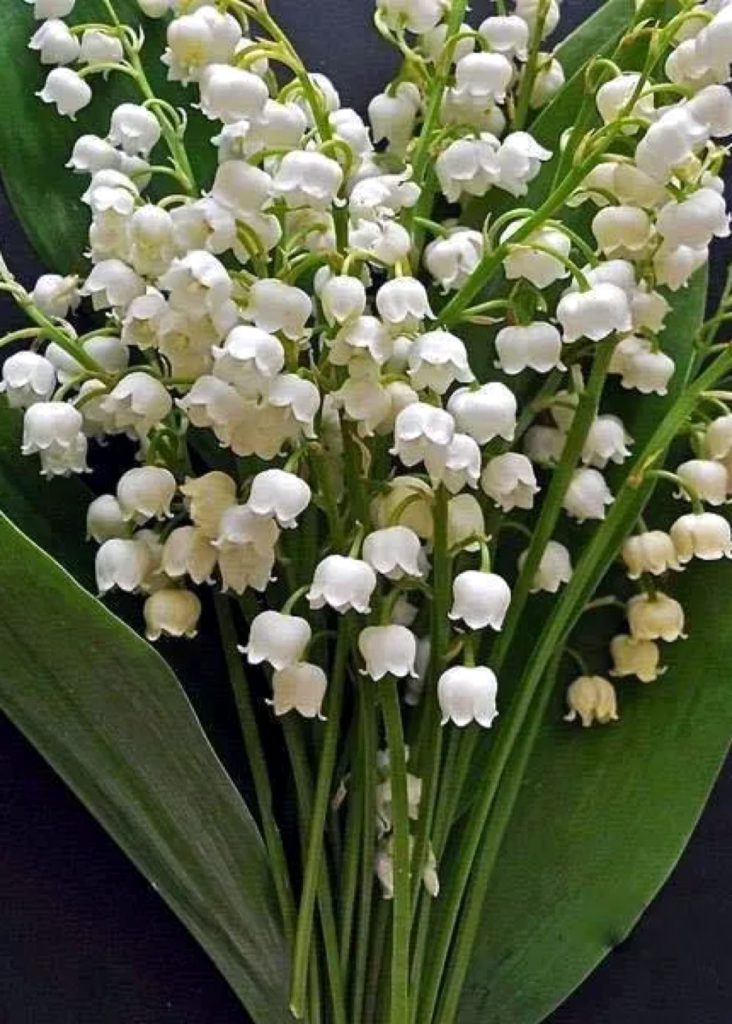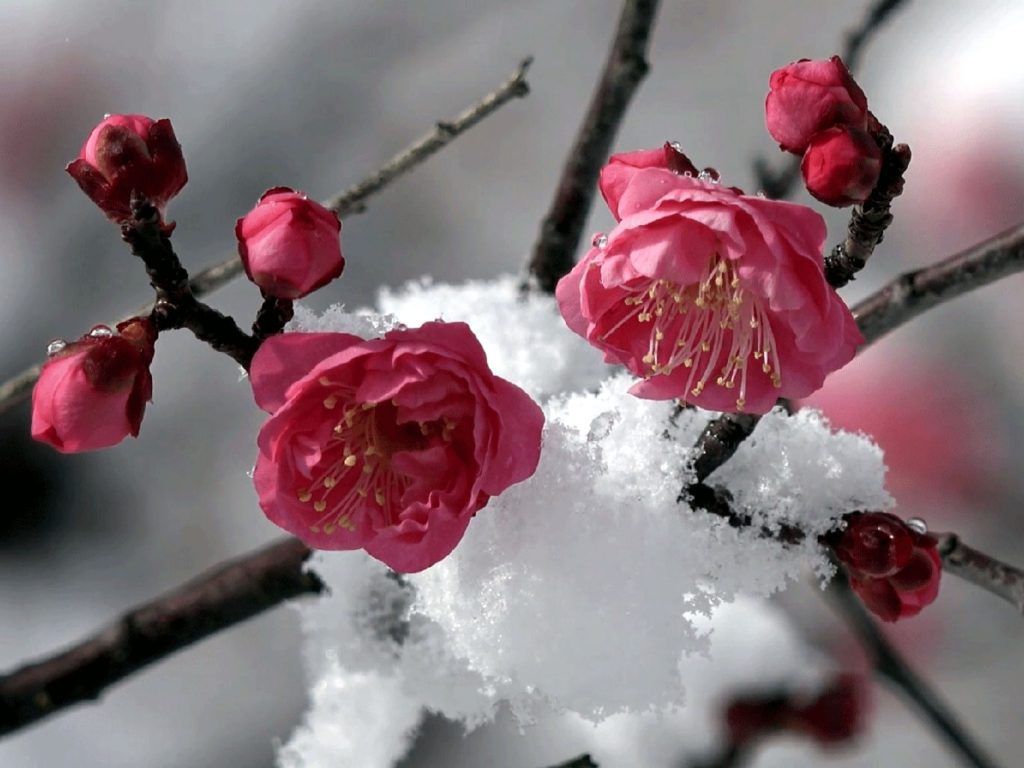
According to the Japan Meteorological Agency, as of 7:00 p.m. on the 25th, five locations, including Maniwa City in Okayama Prefecture and Kobe City, had the highest amount of snowfall in a 24-hour period up to last winter. In addition, the lowest temperature was below freezing in 46 prefectures excluding Okinawa, and four locations including Tokoname City in Aichi Prefecture and Miyazaki City set new record highs. On the 26th, the peak of the cold weather passed, and we were relieved to hear that the 20-hour or more stuck on the Shin-Meishin Expressway due to the heavy snow had been resolved. However, last summer and this winter, the number one record in observation history continued. Moreover, this trend is not only limited to Japan, but is a global trend, so it is thought that it is due to climate change due to the effects of global warming.
気象庁によると、25日午後7時現在、24時間の降雪量は岡山県真庭市や神戸市など5地点で昨冬までの観測史上1位を更新したそうです。また、最低気温は沖縄県を除く46都道府県で氷点下となり、愛知県常滑市や宮崎市など4地点で観測史上1位を更新、全国915地点のうち約6割の533地点で今季最低を記録したそうです。26日には寒気のピークは越え、大雪の影響によって、新名神高速道路で20時間以上にわたって起きた立ち往生も解消されたということですから一安心です。しかし、昨夏といい、この冬といい、観測史上第一位という記録が続出です。しかも、これは日本だけにとどまらず、世界的な傾向ということですから、地球温暖化の影響による気候変動によるものと思われます。

